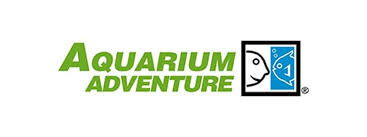Saltwater Reef Aquariums - pt.4
This last reef filtration style is the Smithsonian, Adey or algal turf scrubber system. This method, as can be surmised, was developed by Dr. Walter Adey for the Smithsonian Institution’s Natural History Museum. In this system, water from the display is sent to a series of troughs that hold beds of growing algae. After flowing over the algae beds, the water is returned to the tank. The basis for filtration is that the algae consume waste materials from the display as it passes over them, and use the waste to grow. When the algae are harvested, removal of the wastes is complete. In addition to removing wastes, there is another benefit to this system. When the lights are turned on at night (over the scrubbers), the algae consumes wastes and carbon dioxide from the water (like plants). This removes carbonic acid from the water, and raises the pH of the tank. During the day, when the lights are on in the display, algae in the display perform a similar function. This leads to a strong stability in pH in the aquarium. The turf scrubber system when coupled with a biological filter or protein skimmer may be a feasible way to operate a reef aquarium.
The algae turf scrubber system should not be confused with a refugium and often times the two are interchanged. A refugium is a “safe haven” or refuge place for animals to live without fear of predation or adverse environmental factors.
Reef keepers like to set up a refugium as a separate trough and often with algae so as to grow phytoplankton and zooplankton (various species of “pods”) that can be used as food for baby fish and or corals. Many times juvenile fish are kept in the refugium until they are large enough to go in the main display aquarium. The algae turf scrubber is not a refugium, but a refugium could be set up to help function like an algae turf scrubber system.
